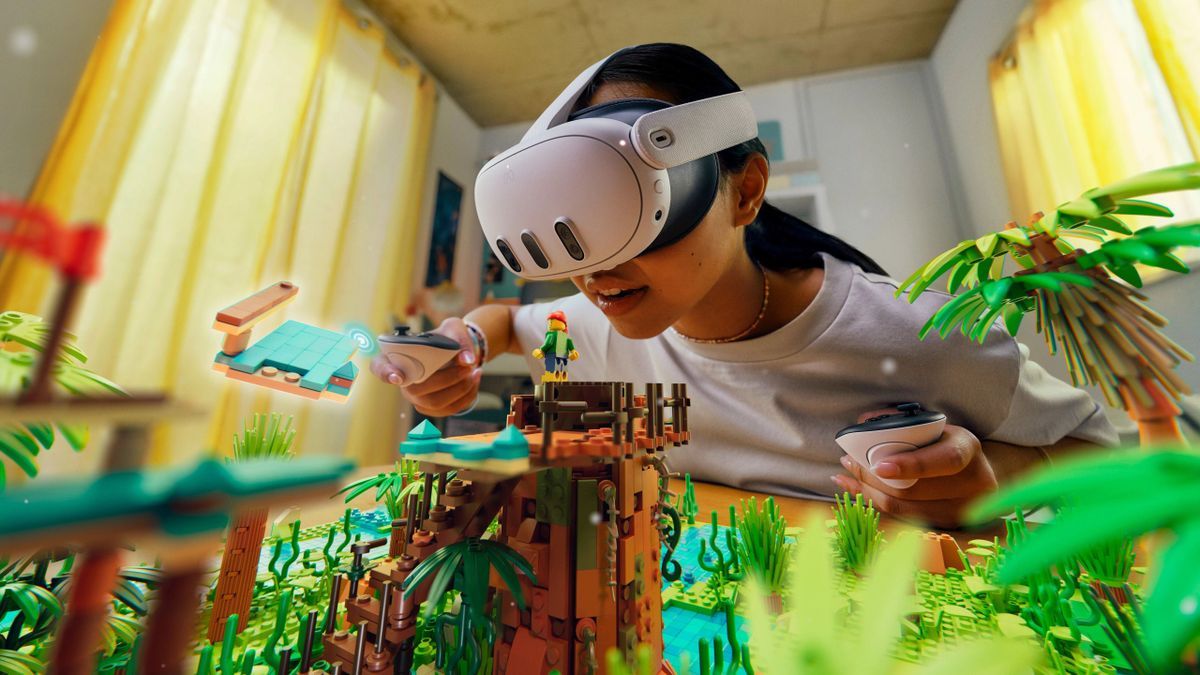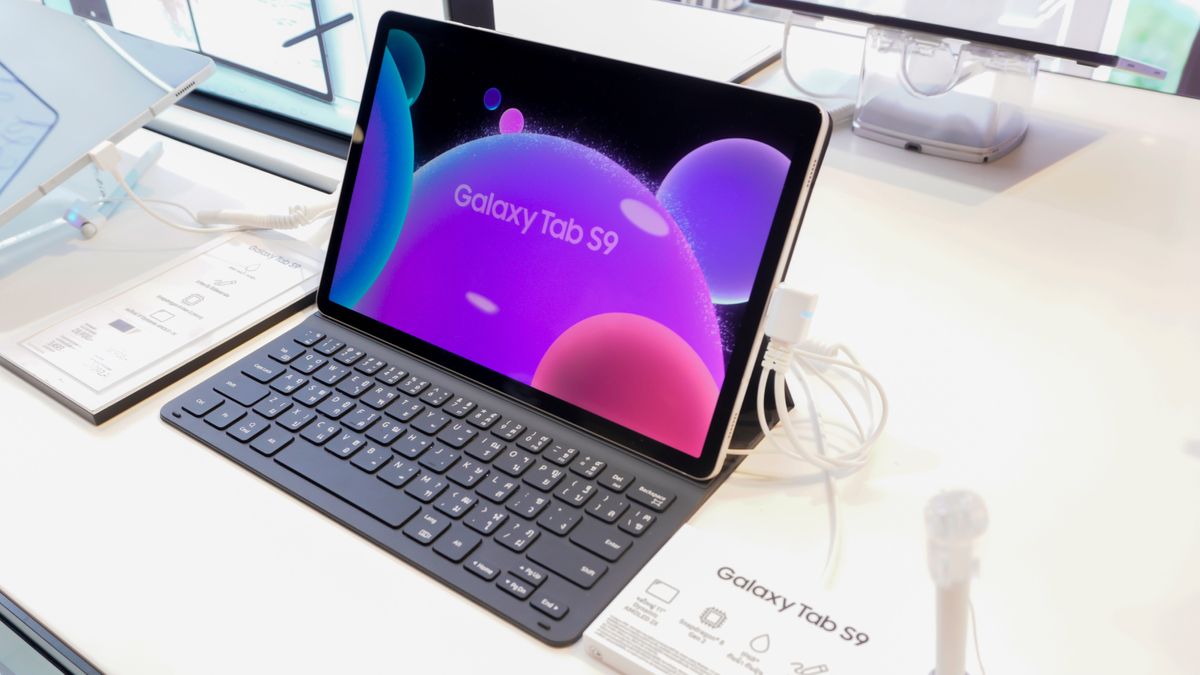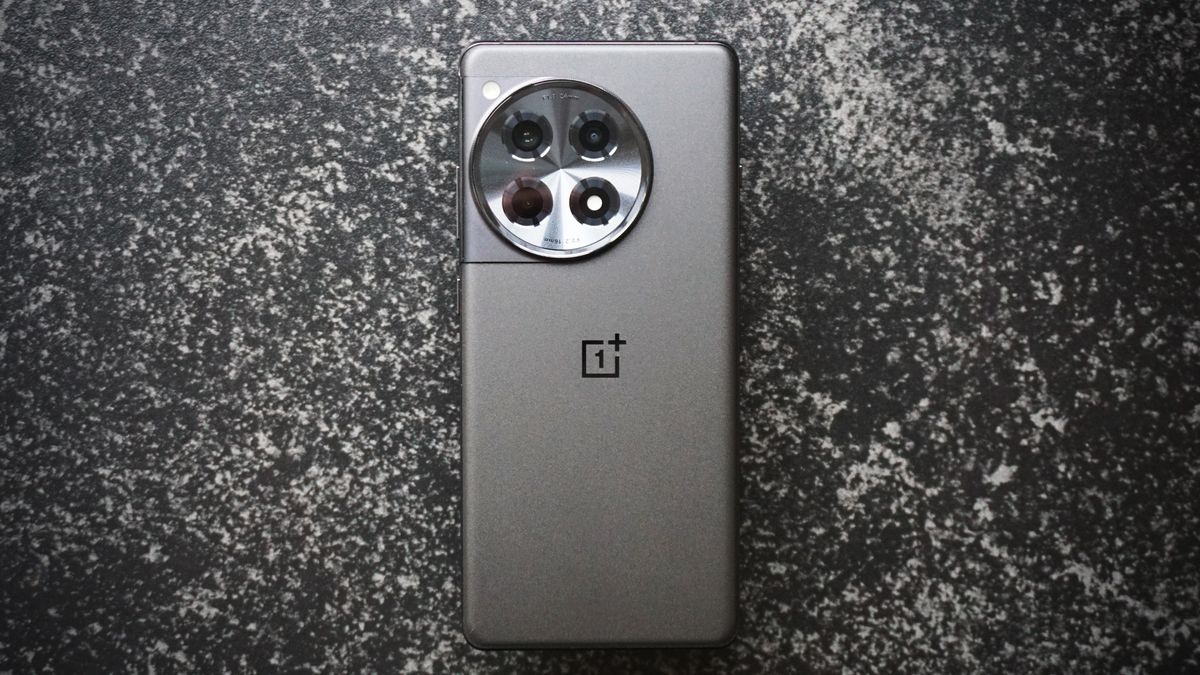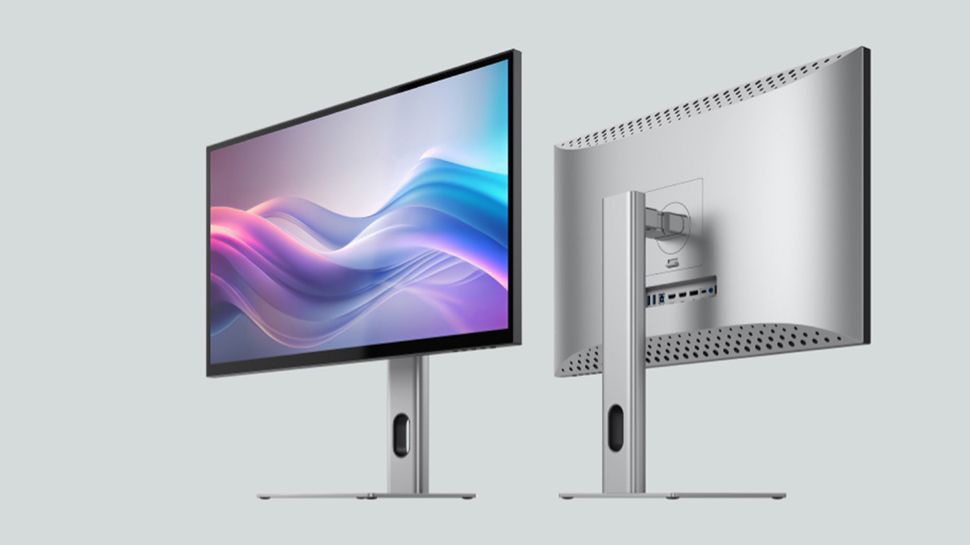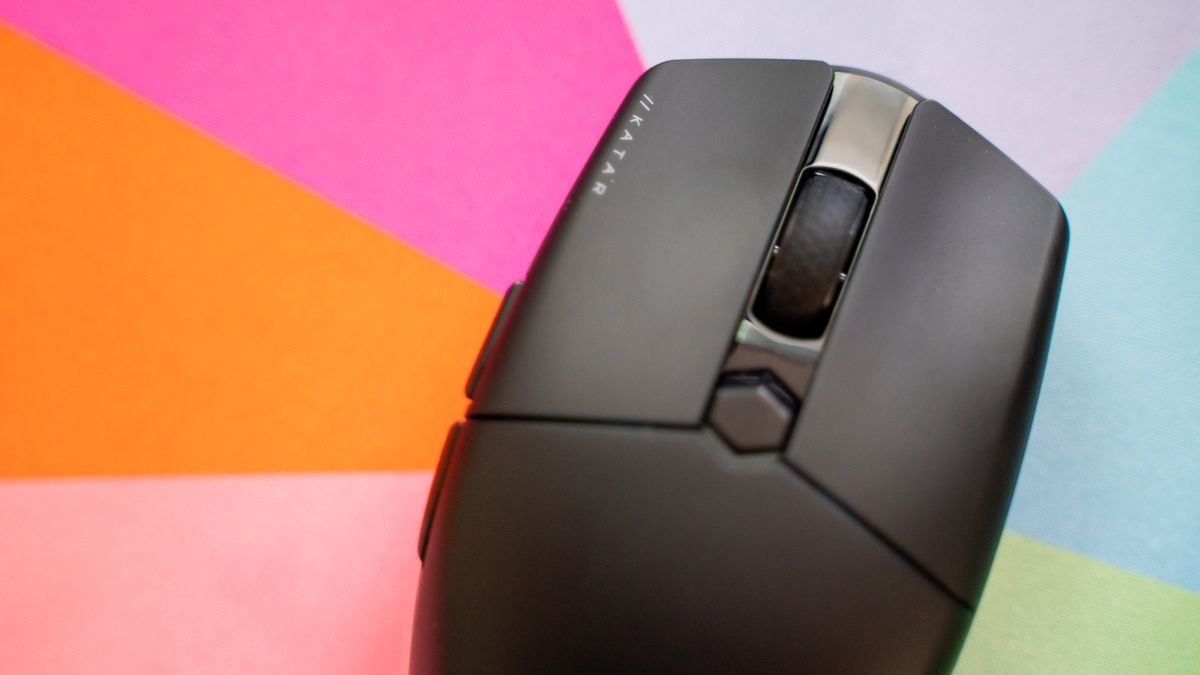It looks like the Meta Quest 3 will take another step towards becoming a non-$3,499 / £3,499 / AU$5,999 Apple Vision Pro, by taking yet another feature from Apple headphones.
This time it's a new style of window layout, although it's not fair to say that Meta is stealing this idea from Apple, simply improving on its current approach. Instead of simply having three 2D apps docked side by side in fixed positions (which is what is currently possible on Meta Quest 3 and other Meta headsets), you can now have three windows that can be freely placed anywhere on his virtual home office, and three others docked, making a total of six.
The experimental setup was unlocked as part of the HoizonOS v67 update, which is currently in beta for members of the Meta Quest public testing channel. Clips of people testing it also show users switching windows between curved and flat, as well as a feature that can reduce the brightness of 2D environments, although this doesn't work if you're using the windows in mixed reality with stepping. .
Meta Quest OS v67 PTCSettings > Experimental Features > New Window Layout pic.twitter.com/jDq0hdoCOVJune 25, 2024
While this brings the Quest 3 closer to matching the Vision Pro's approach to 2D applications in a 3D space, it's still not one-to-one. The biggest difference is that if you move too far away from a window, it returns to its default docked position on Quest 3, while on Vision Pro you can leave windows in their custom floating positions indefinitely as if they were real objects.
That said, it's also worth noting that Meta Quest 3 only costs $499.99 / £479.99 / AU$799.99, so you'd be forgiven for not being a direct copy.
A gap that closes
The Apple Vision Pro will always be better than the Meta Quest 3 on a technical level with its much better screens and chipset. But Apple hasn't done enough to take advantage of its advantages in a major way, although that will probably always be the case.
Vision Pro, with its eye tracking, laptop-level power, focus on less active XR experiences, and manual tracking focus, offers app developers a wide range of tools to create interesting software for the device.
However, what makes these headphones unique is also their downside: they are too different from their rivals. If you build a VR app that takes full advantage of Vision Pro, it probably won't scale well to other platforms (and vice versa). So if you're weighing your options, creating an app other than Vision Pro simply makes more financial sense since it can run on more popular platforms; That is, unless Apple offers some kind of financial incentive.
Some classic VR games and apps have started to get Vision Pro ports, but they are in small numbers and have been appearing months after the headset was released and the enthusiasm has died down.
Instead, most of the apps you can run are of the cost of Apple headphones.
Meta, on the other hand, has continued to fund interesting exclusive apps – we're getting a good Batman: Arkham game, to name a recent example. At the same time, it's rolling out major monthly software updates that have only narrowed the gap between the Vision Pro and Quest 3.
We'll have to wait and see how things continue the rest of the year and beyond, but my advice remains the same as always: if you want to try VR, then get a Quest 3 or Quest 2; there is no good reason to do so. Get a Vision Pro instead.
you might also like

